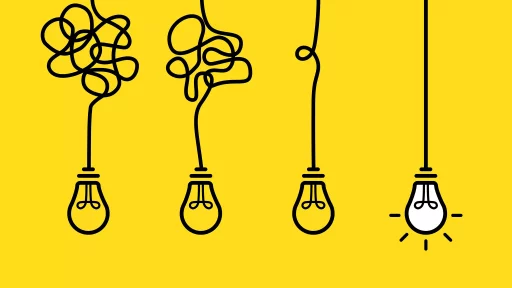Understanding Twisties in Gymnastics
Twisties is a term in gymnastics that refers to a phenomenon where a gymnast loses their sense of spatial awareness while performing twisting elements, particularly in the air. This disorientation can lead to difficulty in completing rotations and can result in serious injuries. Understanding twisties is crucial for both gymnasts and coaches to ensure safety and performance optimization.
The Mechanics Behind Twisties
To grasp twisties, it’s essential to comprehend the balance between mental focus and physical execution. When a gymnast executes a twisting move, their brain processes their spatial orientation through a combination of sensory input and muscle memory. However, stress, fatigue, or psychological factors can disrupt this process, resulting in twisties.
- Stress: Performance anxiety can cloud a gymnast’s mental clarity, leading to disorientation.
- Fatigue: Physical tiredness can impair coordination and focus, making twisties more likely.
- Body Awareness: A lack of confidence in one’s skills can also contribute to losing the sense of positioning.
Examples of Twisties in Action
Twisties do not discriminate by age or skill level. They can affect both elite gymnasts and beginners. A noteworthy recent example was when Olympic gymnast Simone Biles experienced twisties during the Tokyo 2020 Olympics. Instead of risking injury, she withdrew from several events, which sparked conversations about mental health and pressure in competitive sports.
Statistics and Case Studies
Recent studies highlight the prevalence of twisties among gymnasts:
- A 2021 survey found that approximately 60% of elite female gymnasts reported experiencing disorientation at some point in their careers.
- Among male gymnasts, about 45% admitted to feeling mentally unfocused during high-pressure competitions.
A compelling case study involves Australian gymnast Emily Little, who bravely shared her struggle with twisties during the 2016 Great Britain tour. She highlighted how mental barriers can be just as challenging as physical ones, demonstrating the need for comprehensive mental training in gymnastics.
Preventing and Overcoming Twisties
Preventing twisties requires a multi-faceted approach:
- Mental Conditioning: Incorporating visualization and mindfulness techniques can enhance focus and confidence.
- Progressive Training: Gradually building skill sets in a stress-free environment helps reduce the psychological weight.
- Communication: Maintaining open discussions about mental health within training teams can foster a supportive environment.
In addition to prevention, overcoming twisties often necessitates a step back. Many gymnasts will take time off or modify their routines to regain their sense of spatial awareness. This process can be incredibly personal and varies from gymnast to gymnast.
The Role of Coaches and Trainers
Coaches play a critical role in helping athletes navigate the challenges posed by twisties. They must foster environments where athletes feel safe to express concerns and encourage mental health awareness. Emphasizing that it’s okay to step back can empower gymnasts to take charge of their well-being.
Conclusion: The Importance of Addressing Twisties
Twisties in gymnastics serve as a crucial reminder of the intricate link between mental and physical performance. As the world of gymnastics evolves, so too must our understanding of psychological factors affecting athletes. Acknowledging, addressing, and supporting the mental health of gymnasts is just as vital as any training regimen.




